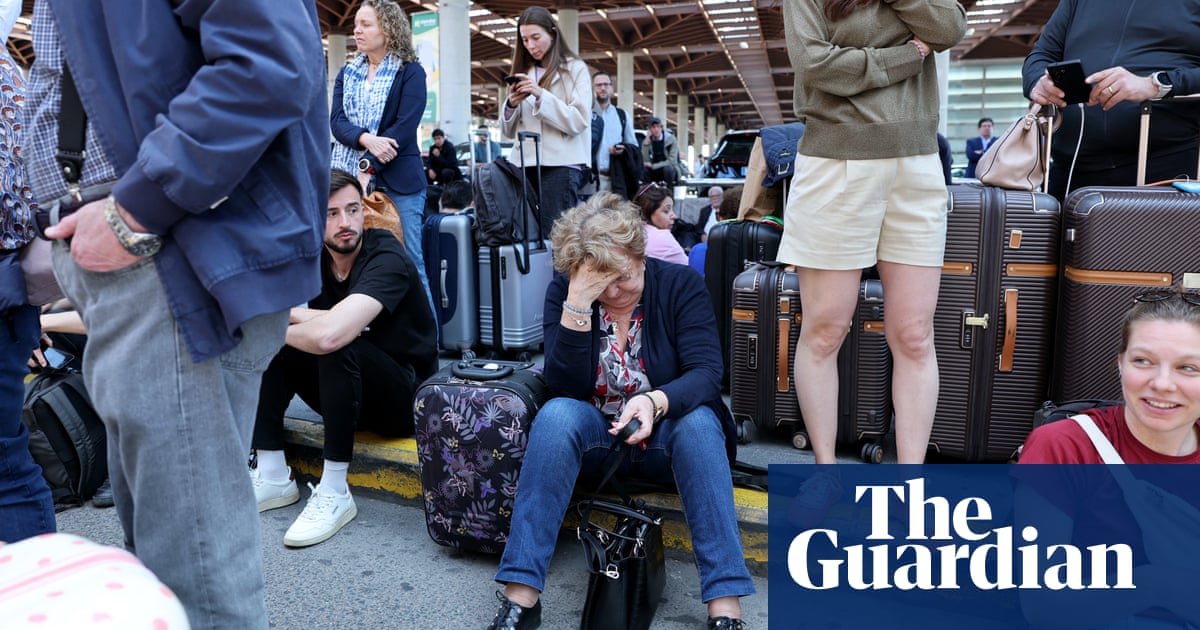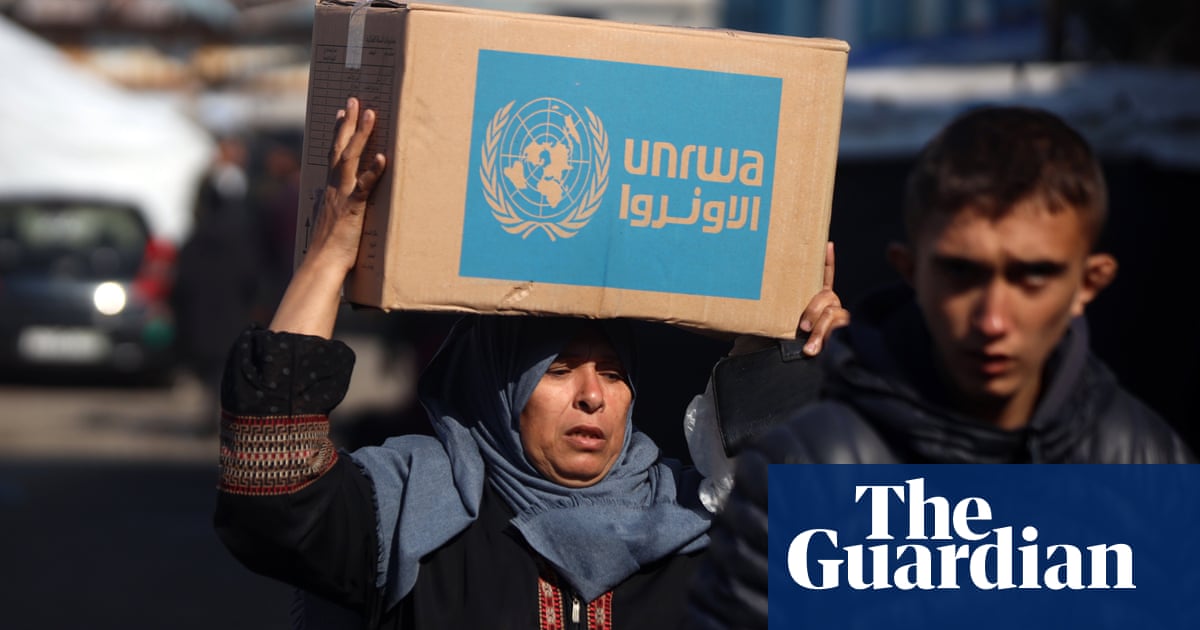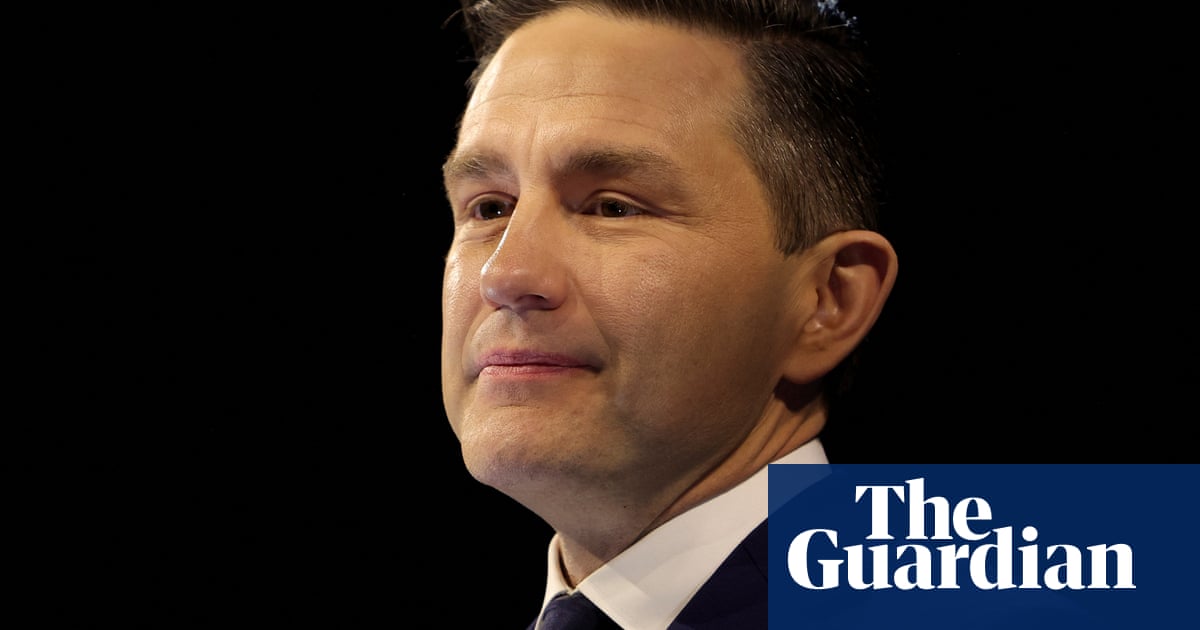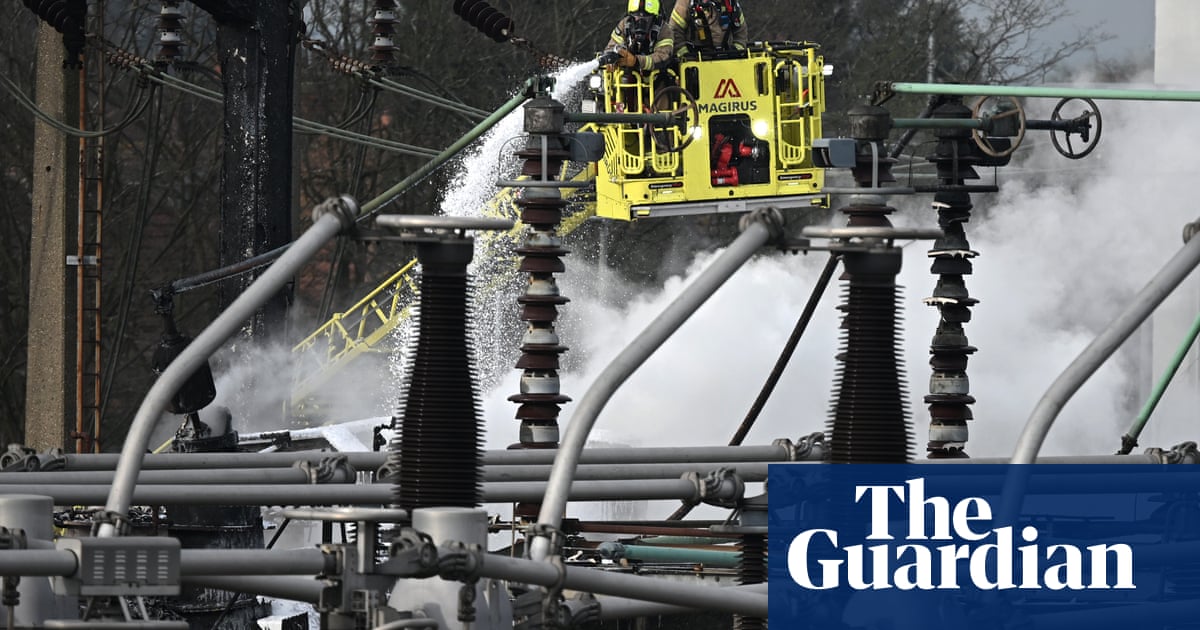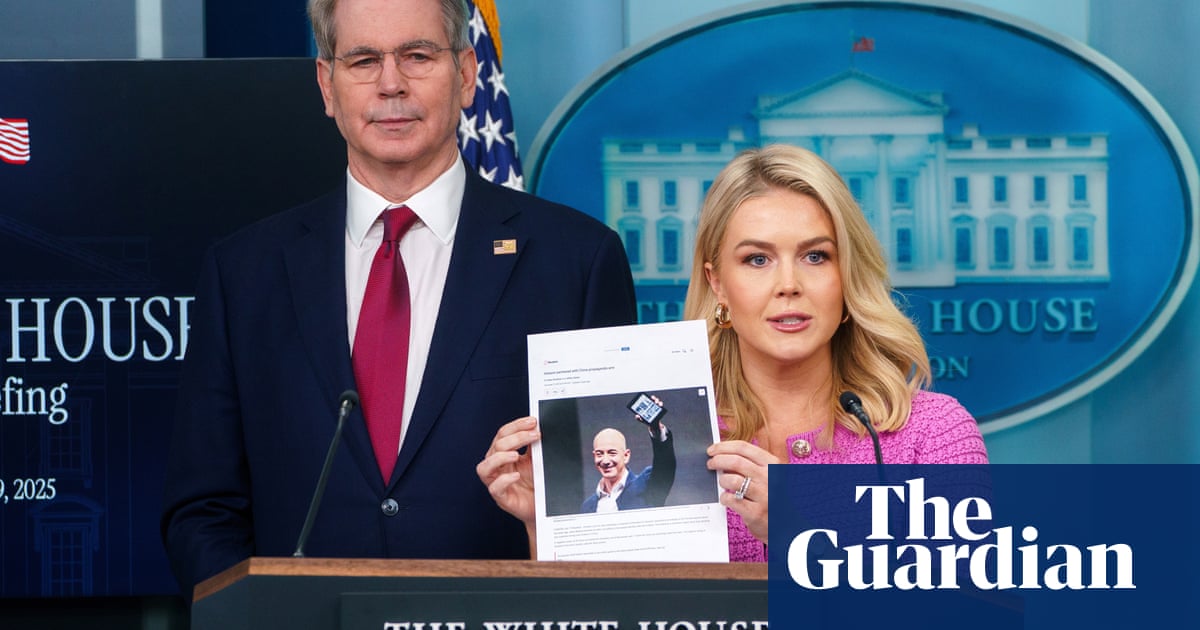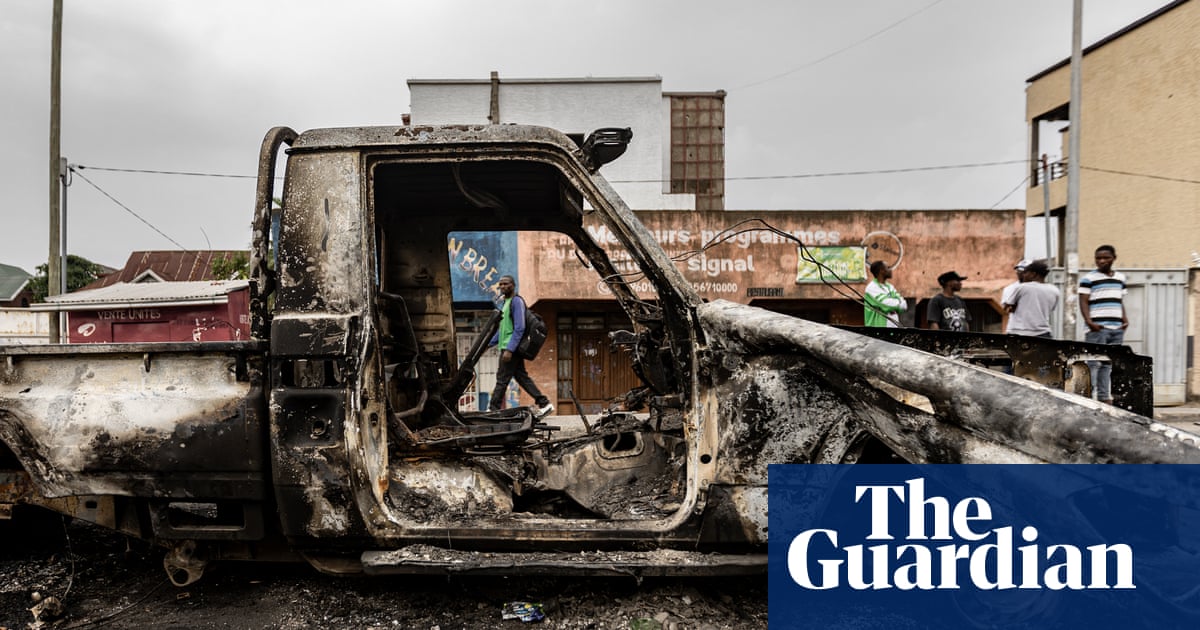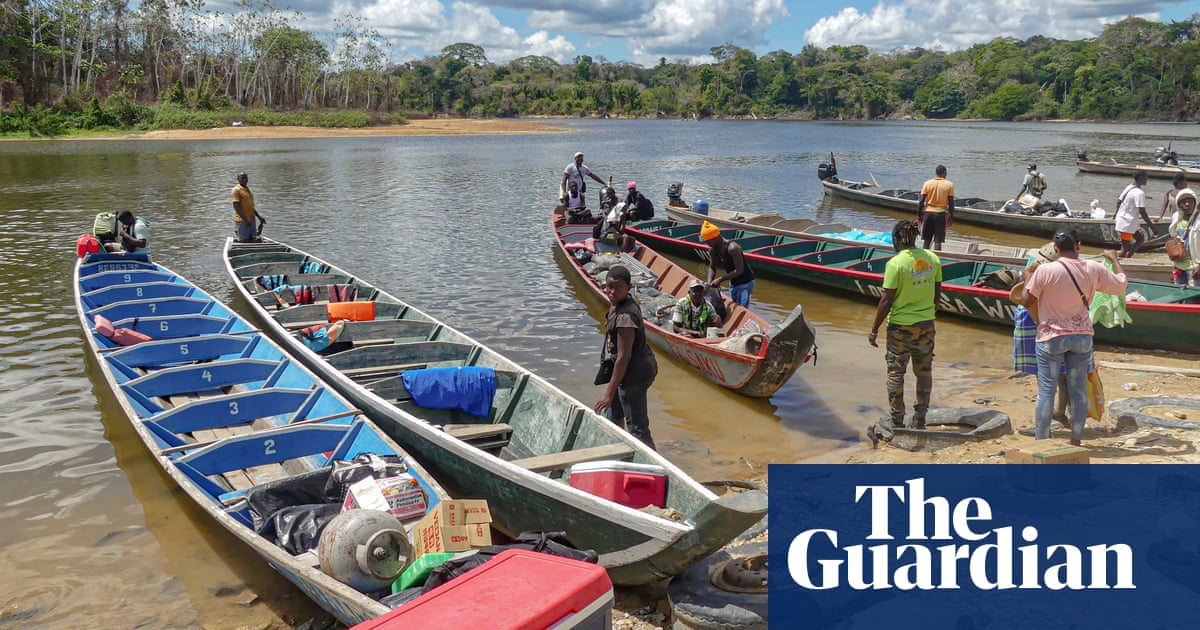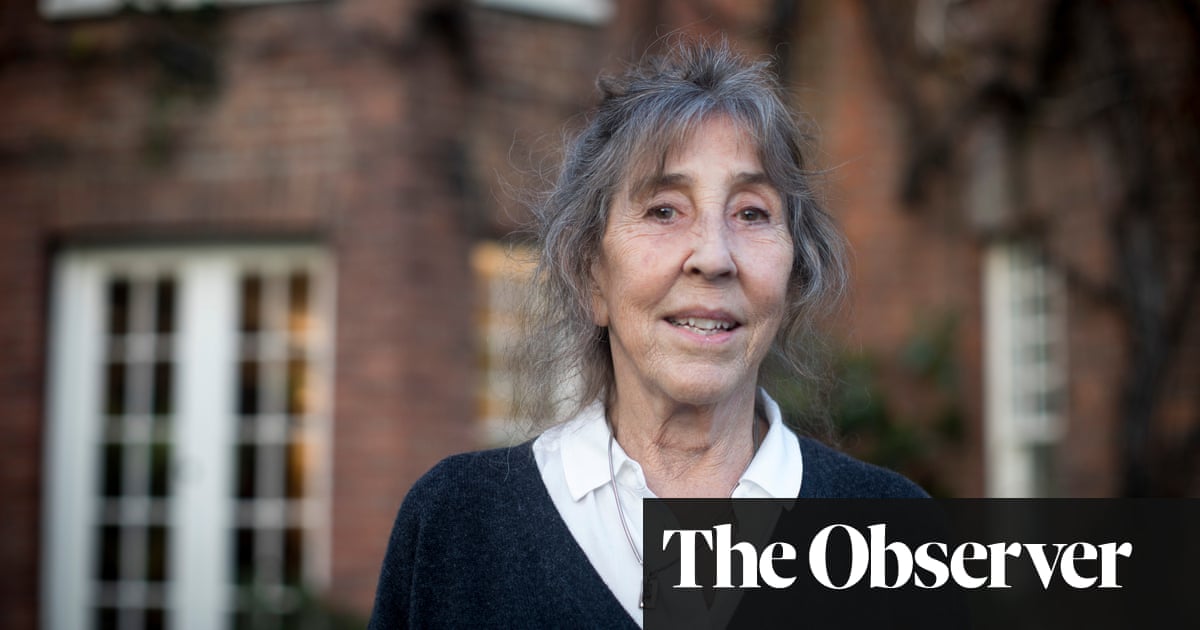By 2015, scientists knew from camera trap evidence that mice were attacking albatross chicks on Marion Island, but no one had ever witnessed it first-hand on the small volcanic outcrop off the coast of South Africa. So, when researchers Stefan and Janine Schoombie came across a badly wounded wandering albatross chick in a relatively accessible part of the island, they resolved to return at night. After hiking for 30 minutes in the dark, Stefan started quietly setting up his camera equipment behind a rock. “We were expecting to have to stalk, but the mice were climbing all over us,” he says.
It didn’t take long for the mice to start feeding on the albatross chick. “The bird was a complete fluffball,” says Janine. “So, they just climbed up its back and started nibbling at its head. We could see their teeth going into its flesh.” The bird, too young to walk let alone fly, could only shake its head in irritation. “As scientists our job is to not intervene,” says Stefan. “But we really wanted to help that bird.”
The next morning, they returned to the site to find that the chick had been joined by one of its parents – but the adult bird could also do nothing. “It was such a hopeless situation,” says Janine. A few days later, the chick succumbed to its injuries and was eaten by giant petrels.
Now, however, help is at hand for the seabirds of Marion Island, 1,180 miles (1,900km) south-east of Cape Town. Next month, scientists from the Mouse-Free Marion Project (MFM) – a partnership between BirdLife South Africa and the South African government – will be taking a crucial step towards eradicating the mice from the island by spreading toxic baits on foot, across a relatively small section of the island.
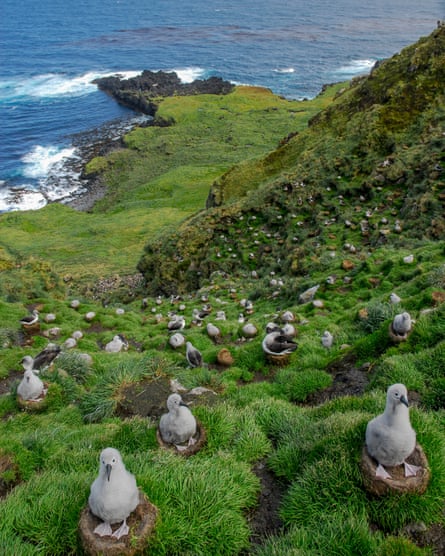
This time next year a helicopter will be used to drop bait across a much larger swathe of Marion. Assuming the project achieves its funding targets, these tests will culminate in the winter of 2028 when five or six helicopters (brought to the island by ship) will distribute poisoned bait across the entire island, in an attempt to eliminate the pests that were unintentionally introduced to the island by 19th-century sailors. If successful, it will be the largest ever eradication of mice in a single operation.
The efforts to start improving the fortunes of the island’s birds could not have come at a better time. Last week, the South African goverment announced that bird flu had been confirmed as present on the island for the first time. It has been found in six different bird species, with wandering albatross chicks dying in the greatest numbers (150 out of approximately 1,900 chicks) last year.
Marion Island and neighbouring Prince Edward Island – which, fortunately, is mouse free – are the breeding ground for 50% of the world’s wandering albatrosses. But this is by no means the only species whose survival is threatened by the mice: 19 of the 29 bird species that nest on Marion Island face local extinction by the rodents. Of these, Marion is considered globally important for grey-headed, sooty and light-mantled albatrosses.
The decision to eradicate the mice was not taken lightly, says MFM project manager Anton Wolfaardt: “I’m a biologist,” he says. “I don’t like killing things.” Eradication was first discussed seriously more than a decade ago, with a feasibility study in 2015 finding that getting rid of the mice was technically possible. An ethics assessment conducted in 2022 showed that doing nothing and leaving the mice to destroy the island’s ecosystem was not an ethically neutral action. “It’s a necessary step,” says Wolfaardt, “to right the human-inflicted wrongs of the past.”
These wrongs include the introduction of five unneutered cats to the island in 1949. The cats were meant to control mice around the research base but, says Wolfaardt, “they quickly discovered that the island’s naive seabirds made far easier targets”. By the mid-1970s, there was a feral cat population of about 2,000 killing an estimated 450,000 seabirds every year.
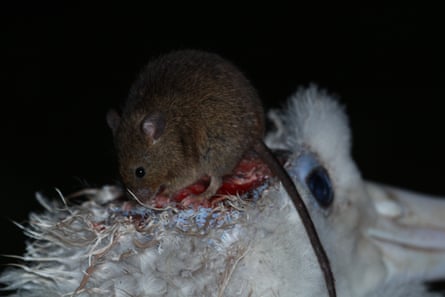
After a sustained campaign, the cats were eliminated in 1991. “Removing the mice is the last piece of the puzzle,” says Wolfaardt, who explains that the problem has got worse in the past 30 years as warmer temperatures and drier conditions have caused the mouse population to increase.
For inspiration and expertise, Wolfaardt and his team have looked to New Zealand, the global leaders in pest eradication. Because New Zealand has no native mammals, introduced rats, mice, stoats and cats have wreaked havoc among local species. Starting in the 1960s, the New Zealand government began clearing tiny islands of pests to give native bird species safe havens on which to breed.
As the New Zealanders honed their skills, they embarked on more ambitious projects, clearing more than 300 islands of pests. The development of GPS and helicopter baiting buckets in the 1990s enabled them to tackle much larger islands.
after newsletter promotion
Keith Springer, MFM’s operations manager, is a New Zealander who has worked on the largest eradication of mice (on Macquarie Island) and rats (on South Georgia, which is about 12 times bigger than Marion) among many other projects. With three years to go until rollout, the project is already a full-time job. “The pressure is huge,” he says. “You only have to miss two mice out of however many million and you’re back where you started.” Almost 20 years ago, when the mouse population was thought to be smaller on the island, the number of mice was recorded as about 300 a hectare (10,000 sq meters) at the height of breeding season.
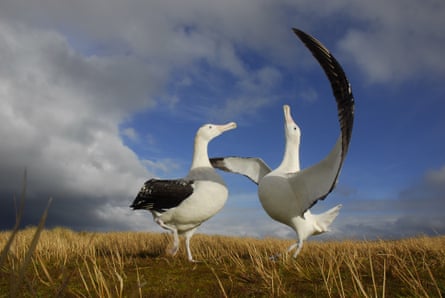
The island-wide baiting operation was initially meant to begin this year, but funding challenges and two recent unsuccessful mouse eradication projects, on Gough Island by the RSPB and on Midway Atoll by the US Fish and Wildlife Service, have forced a belt-and-braces approach.
Springer knows from experience that it’s all about controlling the controllables – people, equipment, plans – and hoping for decent weather in the winter of 2028. “You can have years where it’s more challenging to fly helicopters,” he says. “But with this kind of complex operation you’re nominating your timeline years in advance. You can’t change plans at the last minute.”
Wolfaardt and Springer know that if they don’t succeed it will be decades before they can try again. But they also know that most eradication projects over the past 15 years have been successful – and that few have been as carefully planned as MFM.
Wolfaardt says it’s the prospect of success – rather than the fear of failure – that drives him. “Conservation rarely has silver bullets, but eradicating introduced species from islands is the closest we have to a silver bullet. I’ve been working in conservation for 30 years. This is the only situation I’ve encountered where we can actually turn back the clock. And if we are successful, we can say with 100% certainty that there will be massive conservation gains.”

 4 weeks ago
24
4 weeks ago
24





